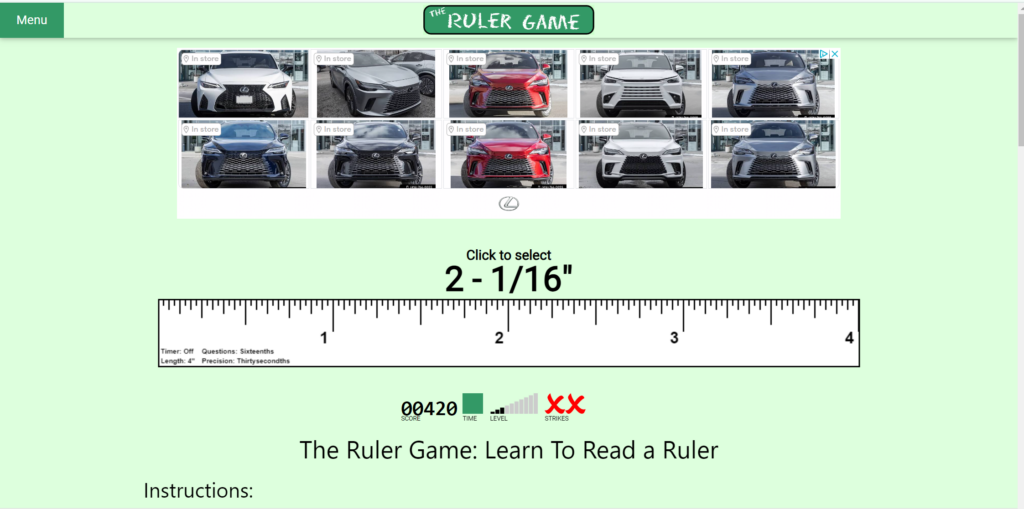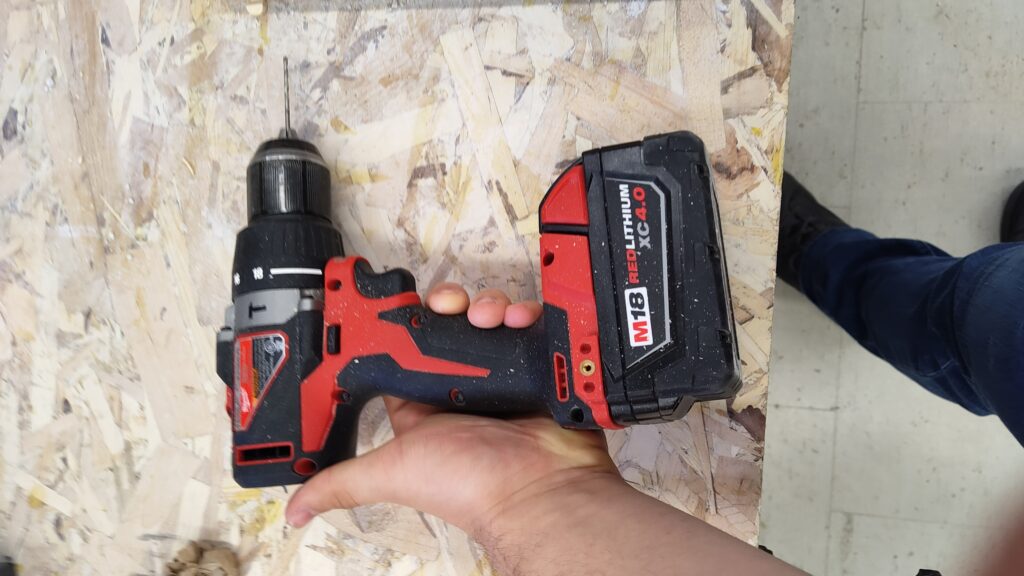Overview of the Unit
In this unit, we focused on various aspects of woodworking, from safety and measurement to practical projects like building a toolbox and a shelf. The goal was to develop skills in using different woodworking tools, understanding material properties, and applying finishing techniques to create durable and aesthetically pleasing wood products.
Key Activities:
- Safety Quiz:
- Completed a safety quiz to ensure a thorough understanding of shop safety rules and the proper use of equipment.
- The Ruler Game:
- Practiced precision measurement by playing the Ruler Game, achieving a score of at least 400 points.
- Measurement Exercise:
- Completed measurement exercises to improve accuracy in reading measurements and marking wood pieces correctly.
- Finishing School:
- Compared oil-based and water-based finishes, recommending the best finish for a school environment.
- Learned the proper techniques for applying finishes to wood projects.
- Toolbox Planning Exercise:
- Planned the materials and layout for a toolbox project, reading blueprints and creating a materials list.
- Router Table Shop Safety Quiz:
- Completed a safety quiz specific to the router table to ensure safe operation.
- Countersinking Screws:
- Learned the techniques for countersinking screws to create smooth, flush finishes on wood projects.
- Building a Shelf:
- Designed and built a shelf, applying the skills and techniques learned throughout the unit.
Samples



Construction Process
- Safety First:
- Completed safety quizzes to ensure a solid understanding of shop safety rules and proper tool usage.
- Measurement Practice:
- Played the Ruler Game and completed measurement exercises to develop precision in measuring and marking wood pieces.
- Toolbox Planning:
- Created a materials list and layout for a toolbox project, practicing blueprint reading and project planning.
- Finishing Techniques:
- Compared different types of finishes and learned how to apply them to achieve a smooth, durable surface.
- Building Projects:
- Applied the learned skills in real projects like building a shelf, using various tools and techniques to complete the project.
Key Elements of Woodworking Projects
- Safety:
- Ensured all safety measures were followed, including using push sticks, proper blade height adjustment, and wearing appropriate protective gear.
- Measurement and Marking:
- Used precision measurement tools to mark and cut wood accurately, ensuring all pieces fit together correctly.
- Material Selection:
- Chose appropriate materials for each project, such as laminated pine for wider pieces and hardwood for handles.
- Finishing:
- Applied oil-based or water-based finishes to protect and enhance the appearance of the wood.
- Assembly:
- Used techniques like countersinking screws to assemble projects cleanly and securely.
Takeaways
- Design Contraints:
- Designing within the requirement was very challenging. It is important to remember to plan, plan, and then plan some more.
- Teamwork:
- Working with my fellow students to get things done emphasized the need for clear communication. Roadblocks can either be placed or avoided with the right choice of words.
- Safety First:
- There’s a wonderful quote from Star Trek: “The universe isn’t safe, it’s wondrous, with wonders to satisfy appetites both subtle and gross, but it’s not for the timid.” The same goes for the woodshop. You can build anything, but if you’re not careful and you’re not confident, you can easily get hurt.
- There’s a wonderful quote from Star Trek: “The universe isn’t safe, it’s wondrous, with wonders to satisfy appetites both subtle and gross, but it’s not for the timid.” The same goes for the woodshop. You can build anything, but if you’re not careful and you’re not confident, you can easily get hurt.